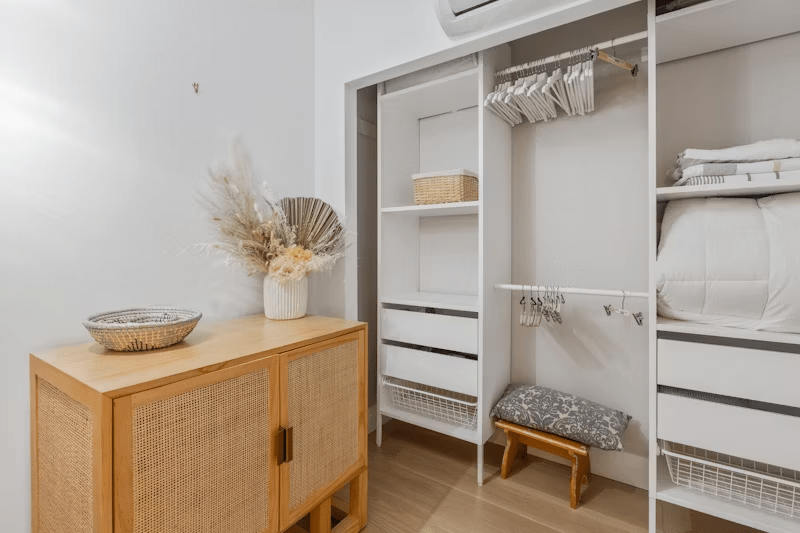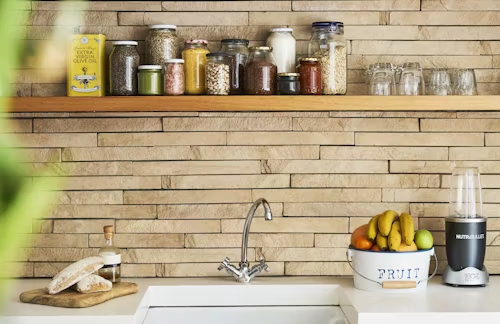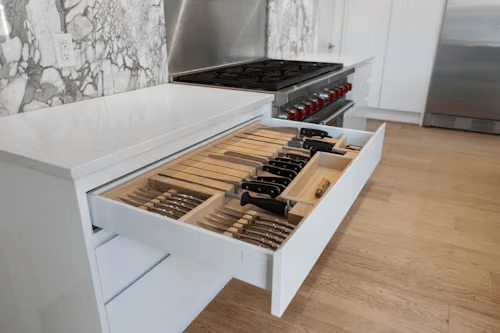A disorganized medicine cabinet can lead to frustration and confusion, especially during times of illness or injury. It is essential to keep your medicine cabinet organized to ensure that you can find what you need quickly and easily. A well-organized medicine cabinet can save you time, money, and stress.
There are several ways to organize your medicine cabinet, including sorting by category, expiration date, or frequency of use. It is essential to remove any expired or unused medications from your cabinet to avoid confusion and potential health risks. Additionally, storing medications in their original containers with clear labels can help prevent mix-ups and ensure that you are taking the correct medication.
By taking the time to organize your medicine cabinet, you can save yourself time and stress in the long run. With a few simple steps, you can create a well-organized and functional medicine cabinet that meets your needs and keeps you healthy.
Preparing Your Medicine Cabinet
Before organizing your medicine cabinet, it’s important to prepare it properly. This will ensure that you have a clean and clutter-free space to work with. Here are some steps to follow:
Remove Everything for a Clean Slate
The first step in preparing your medicine cabinet is to remove everything from it. Take out all the medicines, toiletries, and other items stored in the cabinet. This will give you a clear idea of what you have and what you need to organize. It will also allow you to clean the cabinet thoroughly.
Cleaning and Lining Shelves
Once you have removed everything from the medicine cabinet, it’s time to clean it. Use an all-purpose cleaner to wipe down the shelves, walls, and door. Make sure to remove any dust, dirt, or grime that may have accumulated over time.
After cleaning the cabinet, consider lining the shelves with shelf liner. This will help protect the shelves from spills and stains and make it easier to clean in the future. There are many types of shelf liners available, including adhesive and non-adhesive options.
By following these simple steps, you can prepare your medicine cabinet for organization. A clean and clutter-free space will make it easier to find what you need and ensure that your medicines and toiletries are stored safely.
Sorting Medicines and Products
Organizing a medicine cabinet can be a daunting task, but it can be made easier by following a few simple steps. The first step is to sort all the medicines and products in the cabinet. This will help to identify which items are expired and which items need to be categorized.
Check Expiration Dates
The first thing to do when sorting medicines and products is to check the expiration dates. Expired medicines can be harmful and should be disposed of properly. It is important to note that some medicines may lose their effectiveness before the expiration date, so it is best to replace them regularly.
Categorize Items
After checking the expiration dates, the next step is to categorize the items. This can be done by grouping similar items together. For example, all pain relievers can be placed in one category, while all cold and flu medicines can be placed in another. This will make it easier to find what you need when you need it.
Some common categories for medicines and products include:
- Pain relievers
- Cold and flu medicines
- Allergy medicines
- Digestive aids
- First aid supplies
- Vitamins and supplements
It is important to note that medicines and products should be stored in their original containers with the labels intact. This will ensure that the correct dosage is taken and that the expiration date can be easily identified.
By following these simple steps, organizing a medicine cabinet can be a breeze. Keeping medicines and products sorted and up-to-date can help to ensure that they are used safely and effectively.
Organizing Strategies
Organizing a medicine cabinet can be a daunting task, but with the right strategies, it can be a breeze. Here are some tips to help you organize your medicine cabinet more efficiently:
Use of Containers and Bins
One of the best ways to organize a medicine cabinet is by using containers and bins. Clear plastic bins are especially helpful because they allow you to see what’s inside without having to dig through everything. You can use them to store items such as band-aids, cotton balls, and other small items.
Labeling for Efficiency
Labeling your medicine cabinet can help you find what you need quickly and easily. You can use labels to mark the contents of each container or bin, or you can label the shelves themselves. This will help you keep track of what’s inside and where everything is located.
Organizing by Frequency of Use
Organizing your medicine cabinet by frequency of use is another helpful strategy. You can keep the items you use most often at eye level or in the most accessible areas, while items that are used less frequently can be stored in the back or on higher shelves. This will help you find what you need quickly and easily.
By using containers and bins, labeling for efficiency, and organizing by frequency of use, you can make your medicine cabinet a more efficient and organized space. With a little effort, you can turn your medicine cabinet into a functional and easy-to-use storage space.
Special Considerations
When organizing a medicine cabinet, there are special considerations that should be taken into account to ensure the safety and accessibility of family members, especially children. Here are some important things to keep in mind:
Child Safety
It is important to keep medications out of reach of children. According to The Savvy Sparrow, one way to do this is to store medications on high shelves or in locked cabinets. Additionally, medications that are not child-resistant should be stored in a separate container with a child-resistant lid.
Another way to ensure child safety is to keep medications in their original containers. This makes it easier to identify the medication and dosage, and also provides important information such as expiration dates and potential side effects.
Accessibility for Family Members
When organizing a medicine cabinet, it is important to consider the accessibility of family members who may need to use the medications. This includes elderly family members or those with disabilities.
One way to improve accessibility is to use a lazy susan or rotating tray to make it easier to reach items at the back of the cabinet. Another option is to use clear plastic bins or dividers to keep medications organized and easily visible.
For those with visual impairments, it may be helpful to use labels with large print or braille. Additionally, medications that need to be taken at specific times can be organized using a pill organizer with separate compartments for each day of the week.
Overall, taking these special considerations into account when organizing a medicine cabinet can help ensure the safety and accessibility of all family members.
Maintaining an Organized Cabinet
Once a medicine cabinet has been organized, it is important to maintain it to ensure it stays organized. This can be achieved through routine checks and updates, as well as following professional organizer tips.
Routine Checks and Updates
One of the most important things to do is to regularly check and update the contents of the medicine cabinet. This includes checking expiration dates, discarding any expired medications, and replacing any missing items. It is recommended to do this at least once a month to ensure the cabinet is always up-to-date.
In addition to checking the contents, it is also important to regularly wipe down the interior of the medicine cabinet or storage bins. This helps to remove any dust, dirt, or debris that may accumulate over time. It is recommended to use soap and water to clean the interior thoroughly before putting things back in there.
Professional Organizer Tips
Following professional organizer tips can also help to maintain an organized medicine cabinet. One tip is to use clear storage containers or bins to store similar items together. This makes it easy to see what is inside each container and helps to prevent clutter.
Another tip is to use labels to identify the contents of each container or bin. This makes it easy to find what is needed quickly and helps to prevent confusion.
Finally, it is important to resist the urge to overcrowd the medicine cabinet. Only keep items that are necessary and discard anything that is expired or no longer needed. This helps to prevent clutter and ensures that everything in the cabinet is easy to find when needed.
By following these routine checks and updates, as well as professional organizer tips, it is easy to maintain an organized medicine cabinet. This ensures that everything is easy to find when needed and helps to prevent clutter from accumulating over time.



